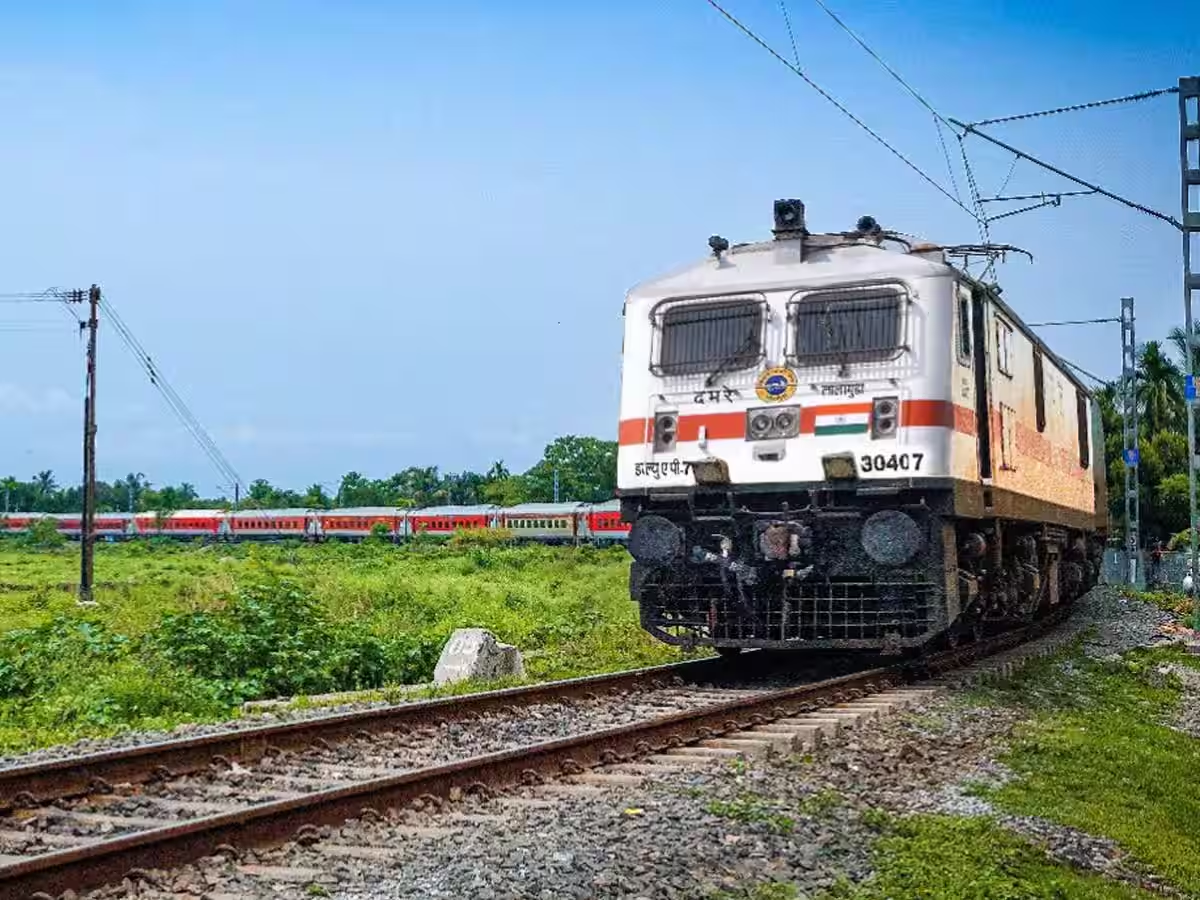Indian Trains: up to the invention of modern air conditioning, Indian Railways used innovative means to provide comfort for their passengers during hot summer months. In 1872, Indian Railways used an air-cooling system for first-class coaches, mainly for royalty and high officials. This facility lasted for around 64 years.
Ice-Based Cooling Systems
To counteract heat, trains used sealed compartments under the coaches, which were filled with huge chunks of ice. Blowers forced air over the ice, circulating cool air in the coach. Railway personnel on long trips refilled the melting ice from time to time to keep the coach at a comfortable temperature.
Introduction of Air-Conditioned Coaches
In 1936, Indian Railways launched its first air-conditioned coach, but only for first-class compartments. In 1956, the first completely air-conditioned train was put on the Delhi-Howrah route, a major leap in passenger comfort.
Evolution of Air Conditioning Technology
Early air conditioning units in trains were complicated, comprising individual compressors, condensers, and evaporators fixed on the underframe of the coach. Roof-mounted AC package units were introduced later, with easier installation and maintenance. The latest LHB (Linke Hofmann Busch) coaches now have two 7-ton AC units for uniform cooling irrespective of outside temperatures.
Power Supply Systems for AC Coaches
First, Self-Generating (SG) systems drove air conditioners with the energy generated by the movement of the train. But this had some limitations on efficiency and load. The End-On-Generation (EOG) system followed, where separate power cars generated power to power AC coaches for improved performance and reliability.
Current Air Conditioning Mechanisms
The modern train air conditioning systems use the compression refrigeration cycle. A compressor that is powered electrically compresses refrigerant gas, which, in turn, passes through evaporators and condensers and cools as well as dehumidifies the air. This air gets distributed uniformly around the coach to ensure comfortable transportation for passengers.
AC Coach Maintenance
Regular maintenance is essential for the efficient functioning of AC coaches. Indian Railways has developed detailed guidelines and timetables to maximize the functioning of all parts, such as compressors, condensers, and air ducts, so that the safety and comfort of passengers are increased.
Passenger Comfort and Future Innovations
The evolution of air conditioning in Indian Railways reflects a commitment to passenger comfort. Ongoing research focuses on improving energy efficiency and integrating eco-friendly technologies to further enhance the travel experience.
